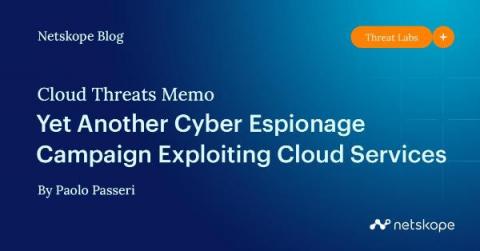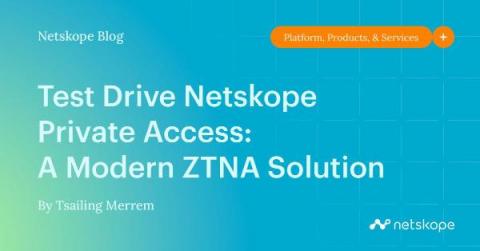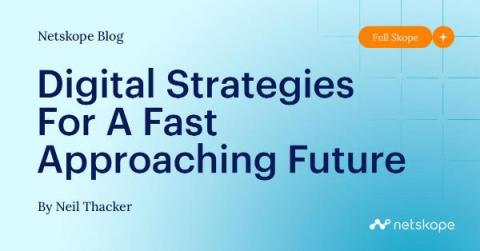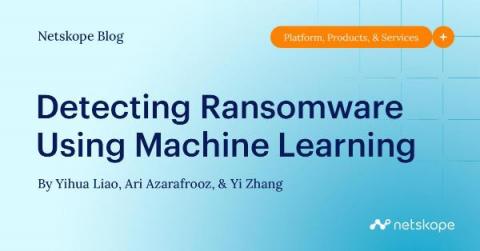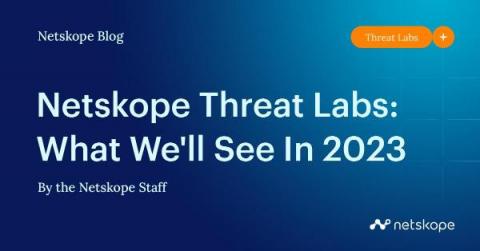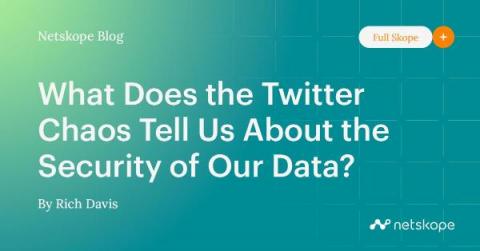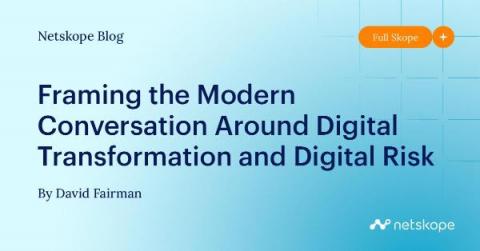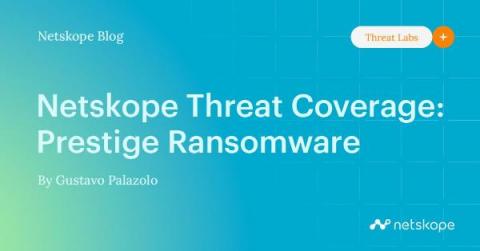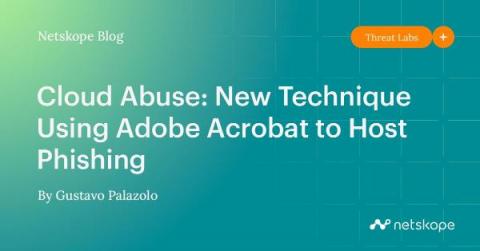Cloud Threats Memo: Yet Another Cyber Espionage Campaign Exploiting Cloud Services
In the latest example of a cloud service being exploited for cyber espionage, researchers from Trend Micro have shed light on a campaign, conducted between March and October 2022, targeting government, academic, foundations, and research sectors of multiple countries including Myanmar, Australia, the Philippines, Japan, and Taiwan.


